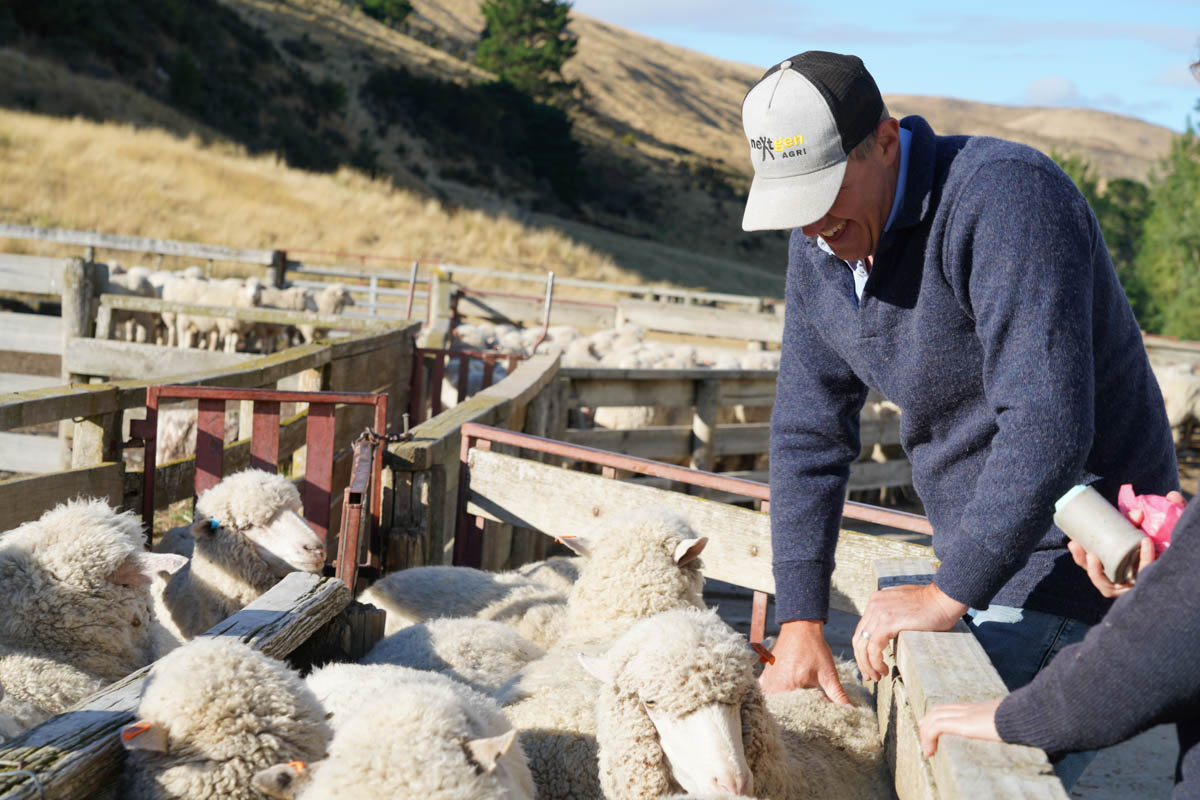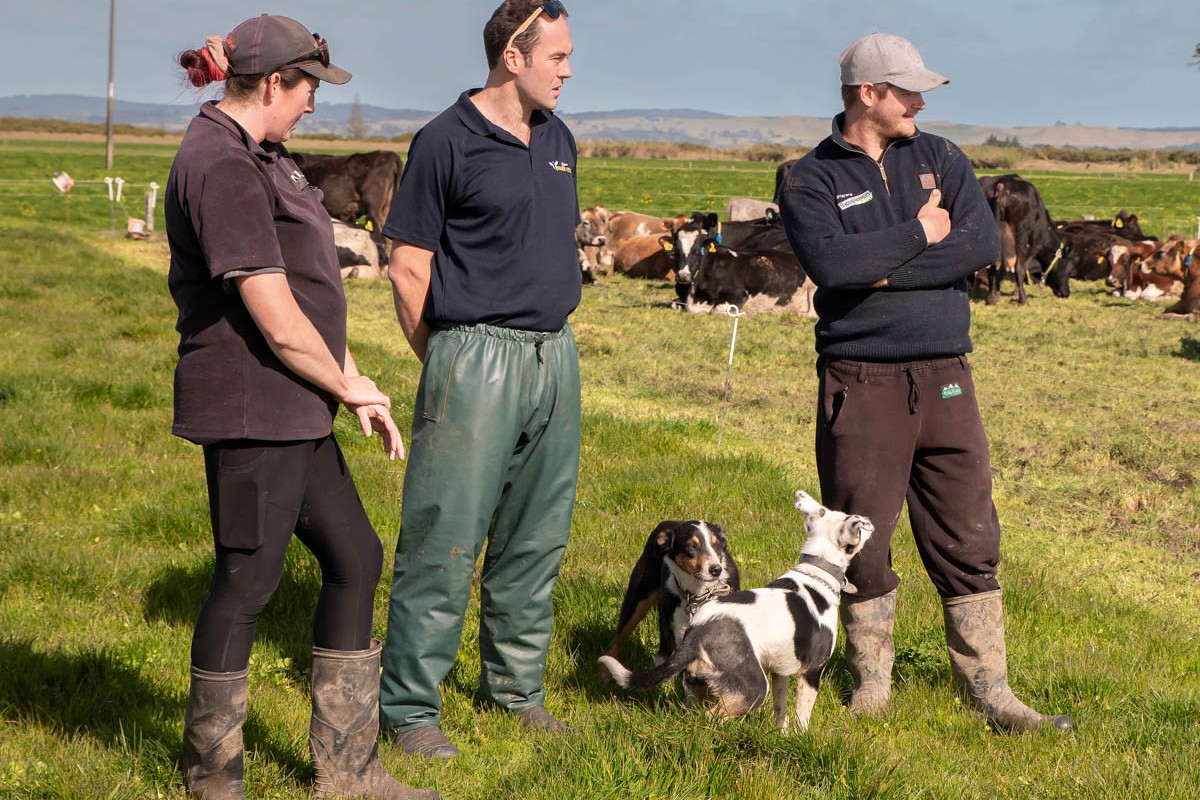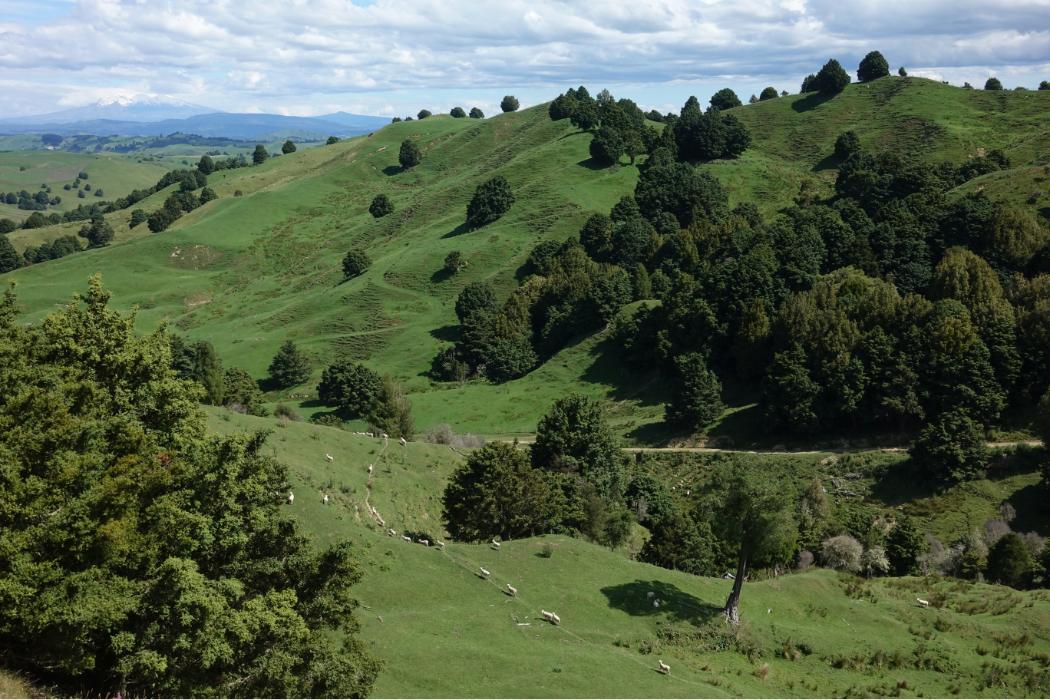WOOL IN SCHOOLS, A PROJECT THAT educates Kiwi school children about the wonders of wool, will see its 25,000th student pass through its ‘wool sheds’ in August.
The two wool sheds are converted 20-foot shipping containers that travel the country visiting schools and sharing knowledge about wool – inspiring students to use the sustainable, natural fibre in the future.
Wool in Schools was set up by Campaign for Wool, a global initiative spearheaded by Prince Charles, The Prince of Wales – now King Charles III – to raise awareness of the uses and benefits of wool. The prince opened the first wool shed at Tawa Intermediate in 2015 and interest from schools snowballed from there.
The visits are free of charge for the schools – the project is funded by Campaign for Wool with sponsorship from PGG Wrightson Wool. Schools apply via the Wool in Schools website and when there is enough demand in an area, a shed is dispatched, spending between one and two weeks at each site. The demand became so high that in 2018 a second container was created to better support South Island schools.
Campaign for Wool NZ chairman Tom O’Sullivan says they are pleased with the response to the Wool Shed project.
“It’s a fantastic milestone to have reached 25,000 pupils – my own two daughters have been through the wool shed themselves, and still talk about it at home.
“But we still have a long way to go and would like every school student in New Zealand to have the opportunity to experience the wool shed and learn about wool in this way.”
The experience takes about 30 minutes. Children pass through a series of interactive stations where they learn in fun and engaging ways about wool processes, uses and benefits of wool. There is even a mini loom in the container so they can have a go at weaving.
Wool in Schools’ project manager Vicki Linstrom says there’s one exhibit that seems to really stand out.
“The station that gets the most reaction from the students – and the adults for that matter – is the tennis ball exhibit. Many people don’t realise that wool is used to cover tennis balls, and are delighted to learn that NZ wool is chosen for the tennis balls at Wimbledon, due to its ‘crimp’ factor which gives the balls the best bounce.
“It’s fantastic to see young minds starting to think more broadly about wool as a truly versatile fibre, with far greater uses and benefits than just making their clothes.”
Students’ wool education doesn’t end in the wool shed. Campaign for Wool recently partnered with Geraldine farmer and author Christine Taylor whose children’s book Jock
Visits The Neighbours is sent to schools for their libraries. It follows the adventures of a highland terrier who visits a nearby sheep farm.
“We are always looking for creative and inspiring ways to share the message about the super fibre that is wool,” O’Sullivan says.
He says the younger generations are tuned into the need for more sustainable ways of living, including moving away from cheap products made from plastic fibres.
- Supplied





